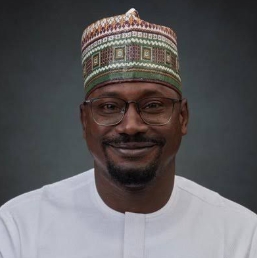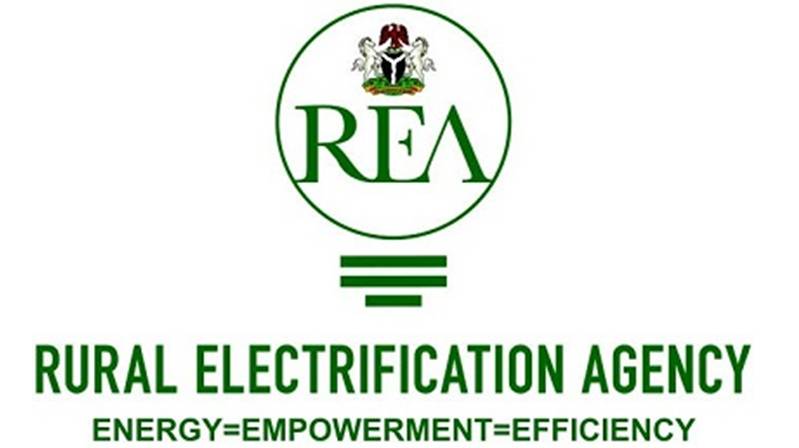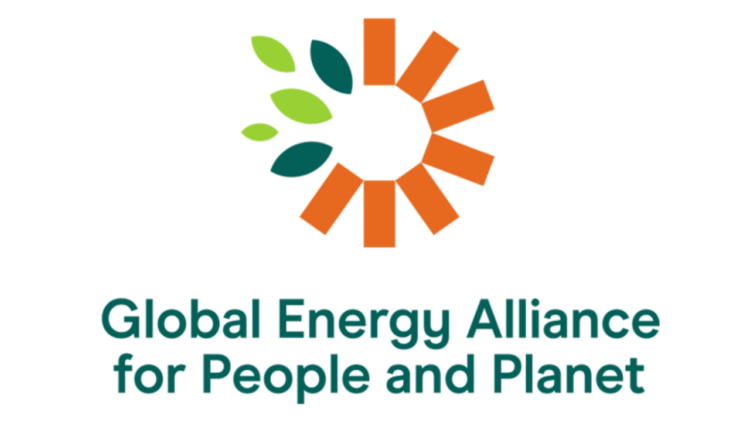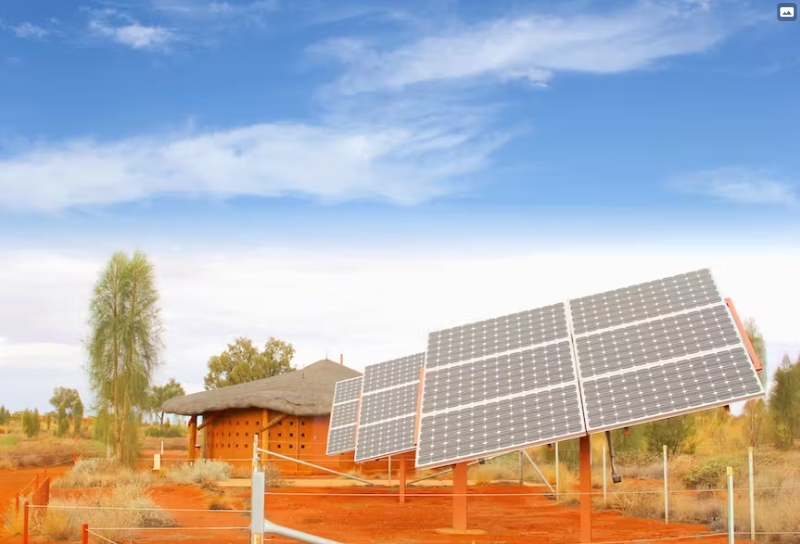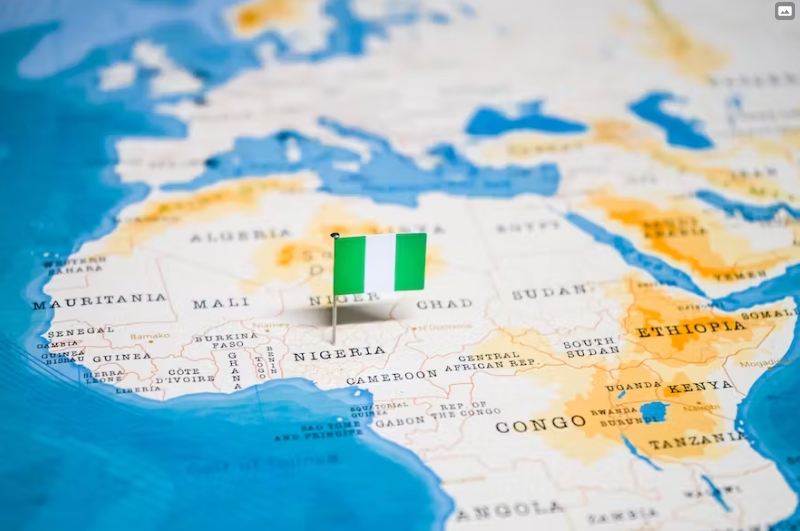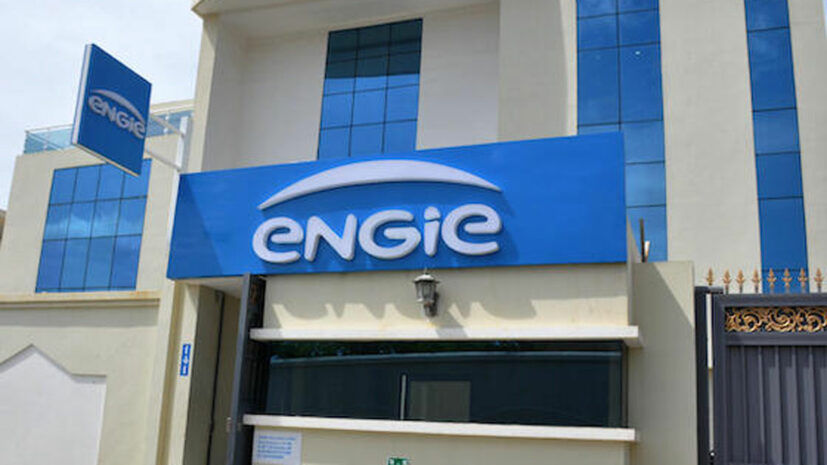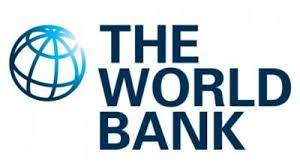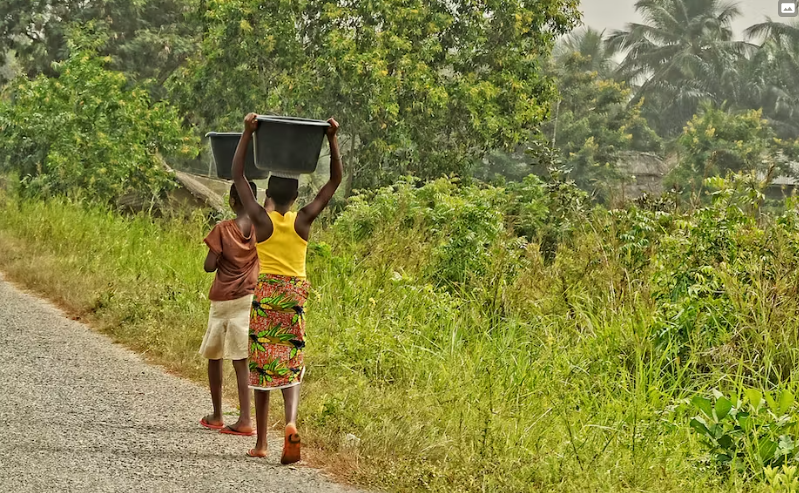
The World Bank continues to show its commitment to expanding rural electrification across Nigeria. Ajay Banga, World Bank president, recently revealed that the organization will partner with the Nigerian government and the private sector to construct 1,000 minigrids in the country.
Having already funded around 150 minigrids in the West African Nation, the World Bank is now aiming much higher. "We are putting another 300 in, but our ambition with the government is to go all the way to 1,000. We're talking about hundreds of millions of dollars that are being invested," Banga said.
He noted that the World Bank will only partially subsidize the minigrid projects. “The idea is not for the World Bank to be the only person putting the money. We put part of the money like a subsidy," Banga said.
The balance of the necessary investment for the minigrid projects will come from the private sector and the federal government through its Nigeria Electrification project (NEP).
Electrifying Nigeria one minigrid at a time
Nigeria is home to over 200 million people, but less than 27 percent of its rural residents have access to reliable electricity. Instead, they rely on gas or diesel generators, which are expensive to operate – and fuel can be hard to come by in remote areas.
The NEP aims to bridge the country’s infrastructure gap by providing electricity to underserved communities through the deployment of minigrids and other sustainable energy technologies.
A minigrid, which is sometimes referred to as a remote microgrid, is typically a faster, cheaper, and more reliable way of delivering electricity to remote communities that do not have access to a central grid.
“They don’t rely on some very expensive grids to reach every village but empower the local village with local facilities to change the lives of local people,” Banga said.
Banga’s announcement came during a recent tour of the Petti village minigrid project. Petti is about fifty miles outside of the nation’s capital Abuja. He was there with other government officials to commission the community’s 60 kW minigrid.
The largely agrarian community of about 1,500 people will use the power from their minigrid plant to aid in the production of crops, as well as to power public lights, roughly 200 homes and nearly 50 businesses.
Reliable electricity spurs economic growth and improves safety
NEP’s ultimate goal is to provide clean, safe, reliable and affordable electricity to 300,000 households and 30,000 local businesses with minigrids. As a result, it expects to drive an increase in economic activity across the country, as well as improve community safety with street lighting.
To accomplish this lofty goal, the government is partnering with other global organizations on other minigrid projects.
The Nigerian government is currently accepting prequalification applications for a grant program that supports rural agricultural minigrids. Grants awarded through the African Minigrid Program in Nigeria will be funded by the United Nations Development Program, Rocky Mountain Institute and the African Development Bank.
There has been private sector investment in Nigeria, as well. Husk Power, which launched its first renewable minigrid in 2008, currently operates more than 150 minigrids in Nigeria, Tanzania and India. The company has committed to building at least 500 minigrids in Nigeria by 2026.
